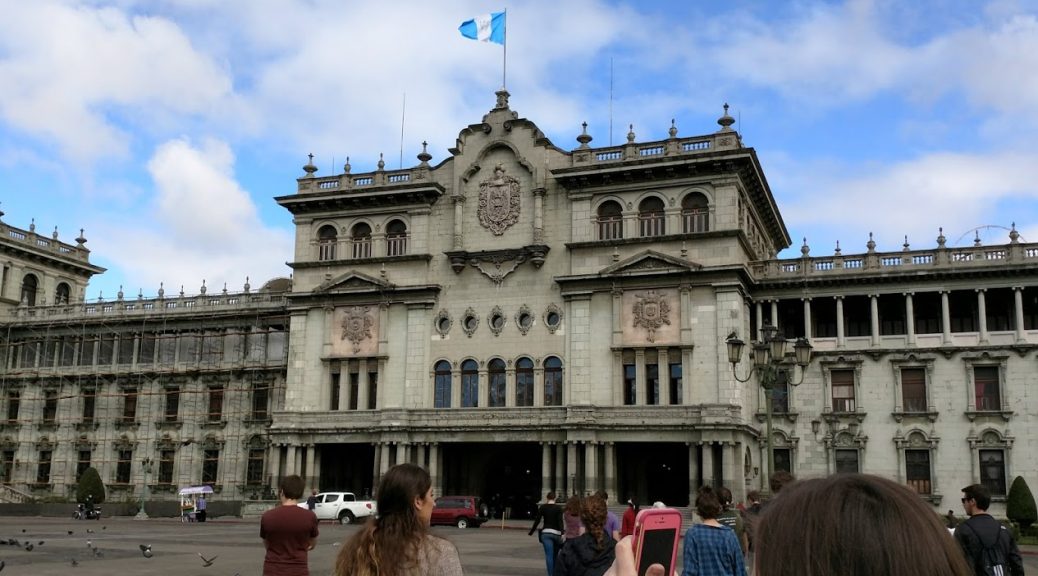9 February 2024
As part of our intercultural experience, we are taking Spanish classes for about four hours every morning through CASAS, or Central America Study and Service cultural immersion program. We are in small groups and paired up with a teacher. So far, we have learned through cooking, singing Guatemalan songs, acting out skits, reading Central American literature, and even a trip to the zoo, of course in addition to traditional classroom learning. I like the immersive atmosphere of learning in this way, but I also deeply appreciate how we are in classes small enough that we can ask our teachers questions about life in Guatemala and get real answers.
The more we study Spanish, the more I, an English Education major, come to appreciate English and the study of language. Let me explain.
My whole life I have loved language. I love writing, reading, and communicating my point clearly. I love to read a well-written book, compose a perfectly flowing essay, or eloquently tell others what I want them to know. I appreciate language. I started appreciating language more when I took Introduction to Linguistics (shoutout Wendell Shank) last spring. It was a wonderful class that taught me the importance of parts of speech and just how differently languages communicate the same idea. Being in Guatemala has only grown that appreciation more. For example, I love that the sentence in Spanish “yo se quiero darle” doesn’t translate perfectly to English. If we translated it word for word, we would hear: “I you want to give it.” The idea is the same — “I want to give it to you” — but we can’t say it exactly the same way in both languages. I think that is fascinating. In English, you just follow right along with the idea from point A to point B. In Spanish you almost have to listen to the whole sentence before you can fully understand what the person is trying to say. If you’re not getting the whole sentence, you’re grasping at straws (words) trying to figure out what is going on.











